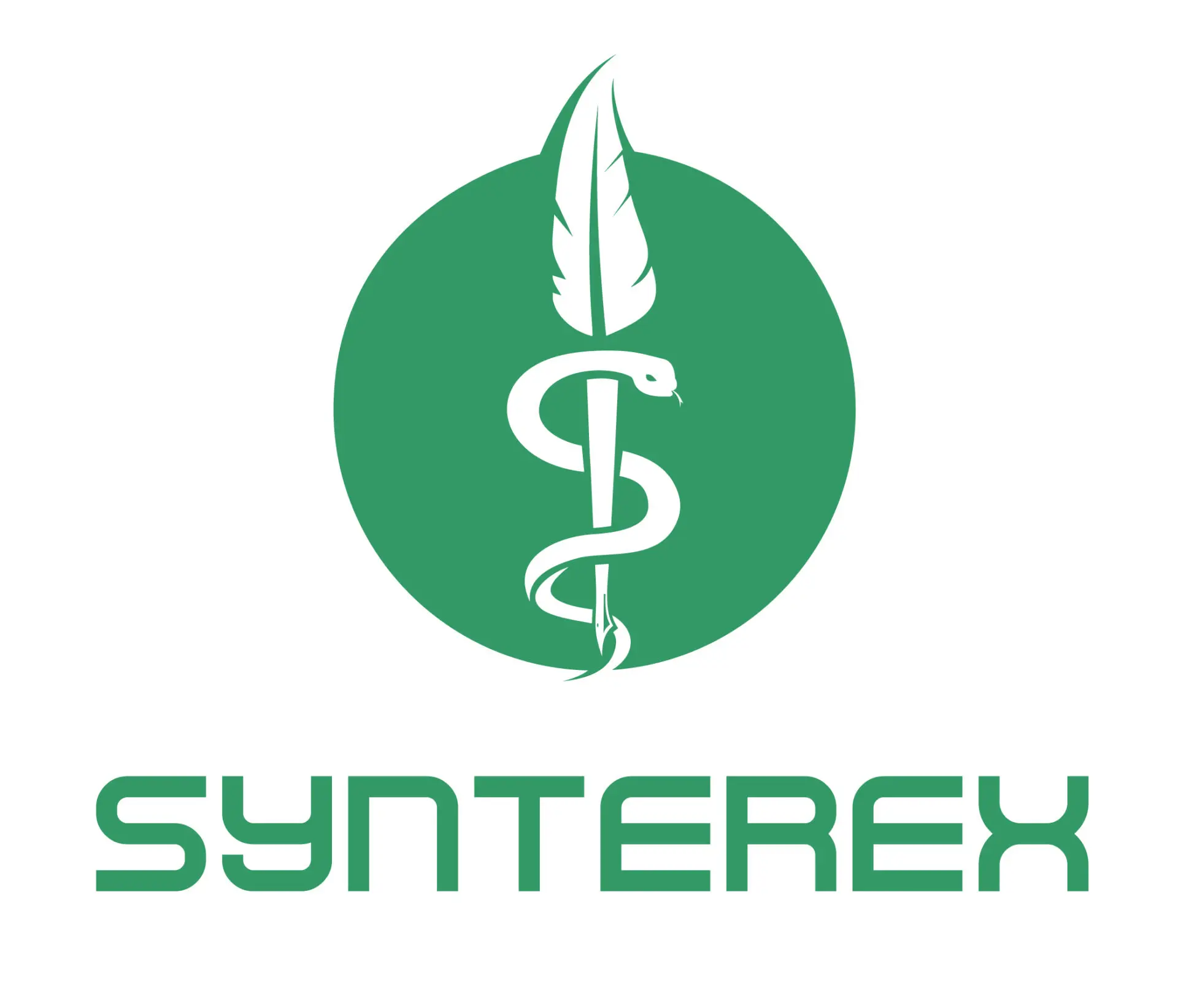Toward the end of clinical document development, a quality control (QC) review is needed to verify data, check facts, ensure structure is internally logical and meets regulatory requirements, and proofread for typographical errors or inconsistencies. Implementing best practices allows the reviewer to optimize their review time and deliver valuable feedback, regardless of whether the working relationship between author(s) and reviewer(s) is long established versus new and bridging organizations (from service company to sponsor).
Because QC reviews are frequently time constrained to meet submission deadlines, thorough and thoughtful preparation is a worthwhile time investment in advance of the scheduled QC period. Efficient use of time requires that the review be ready to go on schedule; precious hours at the start of the review cannot be sacrificed because of access issues, miscommunications, or minor delays.
Before the QC period, the author should assemble project-specific supporting documents, such as sources and a style guide. These should be placed in a secure location, such as a “sources” subfolder within the folder where the document(s) to be reviewed reside. This also keeps permissions straightforward by giving the reviewer access to a single main folder; at all costs, we want to avoid access issues that could lead to either editing the wrong file or using the wrong version of sources, for example. At our organization, we do have sponsor house style guides stored at a higher level, so either a separate link can be given for permissions, or the style guide can be copied into the sources folder, which practice allows the exact version of the style guide to be archived along with the project, since style guides are usually working documents that change over time.
Clear communication between reviewer(s) and their collaborators in writing and operations during the review period will ensure that projects hew to their intended scope and timeline. This may sound like a statement of the obvious, yet achieving responsive communication presents a huge potential pitfall in an age when individuals in all fields are saturated with messages across multiple platforms during and outside their work hours. For that reason, a couple pieces of advice bear mention:
- Connect reviewers and authors directly wherever practical (understanding there still may be times when an intermediary role may still be appropriate when working with external collaborators)
- Use instant messaging sparingly, as these are not easily filed for reference, archival, or future consideration (eg, to update style guides based on new considerations)
- Make a succinct cover letter or intake form that summarizes the request details and centralizes information that otherwise could be missed; in particular, specifying up front the time allocation and scope for the QC request (regarding level of editing, preferred format for feedback, and purpose of the review) is critical to yield effective QC reviews
The intake form consolidates information into a notification at the start of the review period. Critical information the reviewer needs for a prompt and successful running start include:
- Exact comprehensive project name (including company, document, and any associated codes)
- Where the review will occur (links)
- What and where the sources are
- What the style is (client vs other house style vs referring out to AMA or other published style)
- What the scope is (full review vs any restrictions, such as limiting to highlighted changes)
- Notes on exceptions to convention, messaging, and other concerns or special objectives
- Precise deadline (including date and time, as well as time zone)
When possible, try to avoid reflexively sending multiple emails at project start. Again, the concern is that you are risking that the critical information gets lost in a wave of messaging when that happens. So, save a draft before sending while you double-check that you have all the necessary details correct (and not just a boilerplate of template instructions).
Finally, the reviewer will generally need to adhere to a QC checklist. Creating and using checklists has practical utility in ensuring a wholistic review encompassing both the minutiae as well as the larger picture. Moreover, it is also a fundamental requirement to document the process for quality assurance. In cases where a checklist returns with many “No’s” or substantial concerns, the writing team may be triggered to schedule a second round of QC review after making their revisions.
Checklists not only fulfill a necessary function in quality assurance/management systems but, when carefully created, also provide reminders to the reviewer of all the critical elements that are mandatory to the review. Experienced reviewers internalize much of these more “granular” details; nevertheless, we are all fallible, and checklists provide a structure to catch those areas that might be easily forgotten or overlooked (as minor as a preference for serial comma to as important as headers and footers, which must be consistent and are even sometimes omitted or hidden by accident).
The appropriate checklist to follow should also be specified by start of the QC period, based on the sponsor’s own preference and the document type; for instance, we have specialized checklists for certain common document types such as protocols and clinical study reports. A blank copy of the checklist can be provided for reference through the content management system or attached to a secure (in particular, internal) email message. Since our organization uses Part 11 (21 Code of Federal Regulations)-compliant software to collect the signature digitally, we send this out as a fillable form to be reviewed and electronically signed concurrent with completion of the QC review.
Communication and clear expectations not only expedite QC reviews but also ensure that the review performed meets the needs and expectations of medical writers. Being deliberate in following processes further mitigates costs to sponsors that would result from inefficiency or error. Ultimately, this should expedite the approval and use of therapies.
